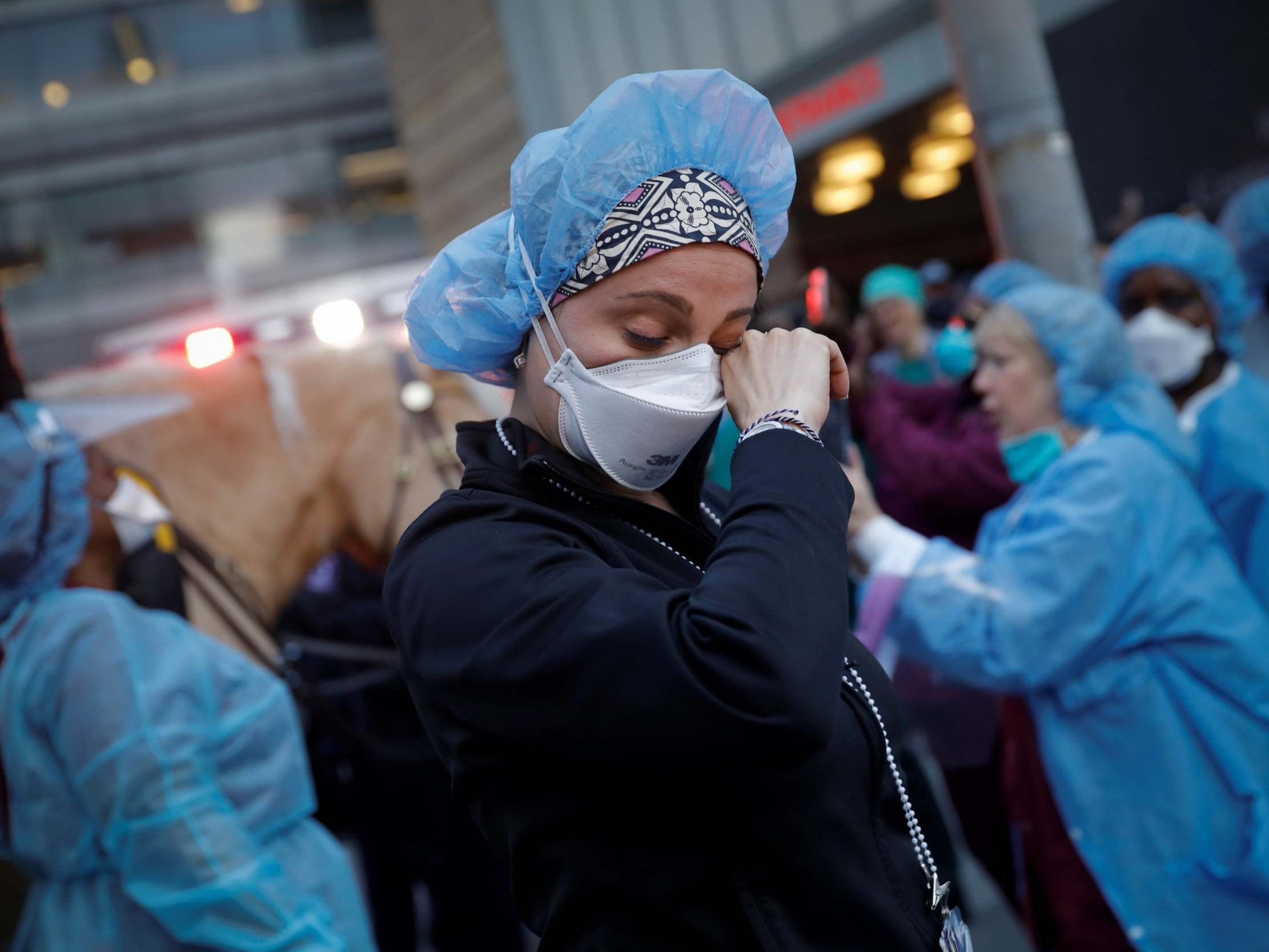The success of US states in easing coronavirus restrictions will be a lesson to us all
In America the variety of ways governors are lifting the lockdown is much wider, making what happens there much more interesting, writes Hamish McRae


Which US states are doing best at tackling Covid-19 and which are getting it seriously wrong? And what are the guidelines for opening up again?
Countries around the world have responded in different ways and we are just beginning to have some feeling for those with the best (or maybe one should say least bad) outcomes. Thus Germany seems to be coming through with fewer deaths than France, Italy, Spain or the UK. But all have pretty stringent lockdown rules and are opening things up very slowly. The exception is Sweden, which has had much looser policies and we don’t yet know whether these have worked.
In America, however, the variety of responses is much wider, making what happens there much more interesting – that is, if you step aside from the pain and misery this dreadful virus has brought. This is a real live experiment, both as to the extent to which you should lock down an economy, and the pace at which you should ease controls. But it is an experiment the results of which have to be interpreted cautiously, and without bias.
So, what do we know, what don’t we know, and what should we look for?
First, I think you have to set aside the states with small populations. Only two people have died in Wyoming from the virus, which is encouraging. It is a wonderful state – I would urge Britons to go to the Cody rodeo when things open up. But fewer than 600,000 people live there, and in a land area slightly larger than Britain. It is easier for people to keep apart six feet from each other than it is in Manhattan.
South Dakota, where Governor Kristi Noem has been criticised for the relatively relaxed response, has had seven deaths so far, and its population is just under 900,000. But I don’t think it is fair to contrast the experience of both states. They are contiguous, but have a different economic structure. For example, half the land in Wyoming is publicly owned and it has no big plants akin to the meat-processing factory in Sioux Falls, South Dakota, which suffered a serious outbreak and was shut last week.
Similarly, I don’t think people should be so concerned at a general level about the two states, Nebraska and Ohio, where cases are still rising fast. The worries should be specific. The first has also had outbreaks in meat-processing plants, while the second has a serious problem in its prisons. Iowa also has suffered from outbreaks at several meat-processing locations, and its governor, Kim Reynolds, has been criticised for not closing the Tyson plant in Waterloo.
What about the biggest problem and the biggest state? New York – both state and city – and California are inevitably the focus of media attention. They are, however, very different. New York has been the epicentre of the US outbreak but there are special reasons for this: a global transport hub, high-density living, a large service economy needing face-to-face interaction, and so on. California, with a greater population than New York, has had far fewer deaths. But it would not be fair to attribute this to policy. There are a host of other possibilities, including the suggestion that the west coast has a milder strain of the virus than the east coast.
With those qualifications, what do we know? Here are some tentative suggestions about both the response and the reopening.
The first comes from Texas. What happens there is enormously important, and not just because it is the second most populous state. It was relatively swift to shut things down and it clamped down hard. Now it is planning to reopen things, starting on 1 May, and we will get further details this weekend. But Governor Greg Abbott has been under fire as the state has been relatively slow in testing.
So here is the proposition. Maybe it does not matter too much if you are slow at testing provided you (a) shut down early, and (b) carry on other health policies including social distancing and hand-washing when you reopen. In other words, you rely on your citizens’ common sense and self-preservation, even if the data is poor.
Another key state to look at is Florida. Its governor, Ron DeSantis, has been a vocal supporter of Donald Trump and, politics being politics, has been attacked for the way he has handled the issue. I don’t think it is helpful for people to pitch in from a distance (though I was there over Christmas), but it will be helpful to look at how the state gets things going. The reopen taskforce met for the first time on Monday, so let’s see what it recommends. Because the state is so dependent on tourism, the slog back depends a lot on the attitudes of people outside the state – you can open up but will the visitors come?
This leads to the biggest issue of all. The experiment as to how quickly and comprehensively you shut down is over. The lessons will unfold slowly in the weeks ahead. The next experiment, how to open up, has begun. Several states plan to open partially in the next few days, and the schedule is here. Some US states will be opening earlier, relative to the pandemic’s cycle, than any European countries with the possible exception of Sweden.
If the “early-openers” pull it off, that is a guide for the rest of us. If they fail and have to lock down again, that too will be a lesson, though of a more dismal kind. Either way the world will watch with baited breath.
Join our commenting forum
Join thought-provoking conversations, follow other Independent readers and see their replies
Comments